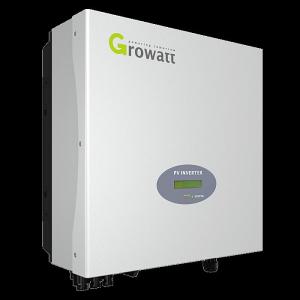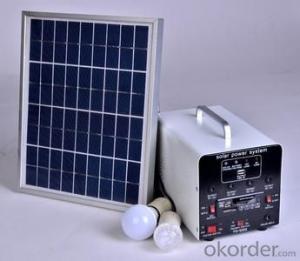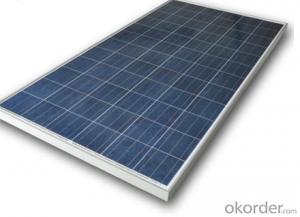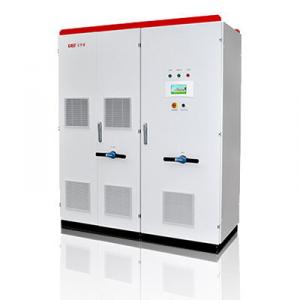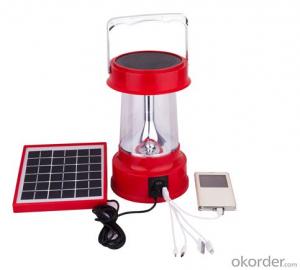Inverter With Battery Solar
Inverter With Battery Solar Related Searches
Solar Battery With Inverter Inverter With Solar Input Inverter With Solar Charger Solar With Electric Inverter Inverter With Solar System Inverter With Solar Panels Inverter For Solar Battery Inverter With Solar Panel Inverter Battery Solar Solar Charger With Inverter Solar Battery For Inverter Solar Inverter For Battery Solar Inverter With 2 Battery Battery Solar Inverter Battery Inverter Solar Inverter For Solar Inverter In Solar Inverter Solar Battery Solar Battery Inverter Convert Inverter To Solar Solar Panels With Inverter Solar To Battery To Inverter Charge Inverter Battery Solar Inverter Ac With Solar Panel Solar Kit With Inverter Solar Panel With Inverter Solar Power Kit With Inverter Inverter For Solar Power Plant Solar Based Inverter Solar And InverterInverter With Battery Solar Supplier & Manufacturer from China
Inverter with Battery Solar systems are designed to harness the power of the sun and convert it into usable electricity. These systems typically include solar panels, an inverter, a battery, and a charge controller. The solar panels capture sunlight and convert it into direct current (DC) power, which is then transformed into alternating current (AC) power by the inverter, making it suitable for powering various electrical devices.Inverter with Battery Solar systems are widely used in both residential and commercial settings, providing a reliable source of power for homes, businesses, and even remote locations without access to traditional power grids. These systems can be used for a variety of applications, such as lighting, heating, cooling, and running appliances, making them an essential solution for energy independence and sustainability.
Okorder.com is a leading wholesale supplier of Inverter with Battery Solar systems, offering a vast inventory of high-quality products at competitive prices. With a commitment to customer satisfaction and a focus on providing the latest technology, Okorder.com ensures that customers receive the best possible solutions for their energy needs.
Hot Products










